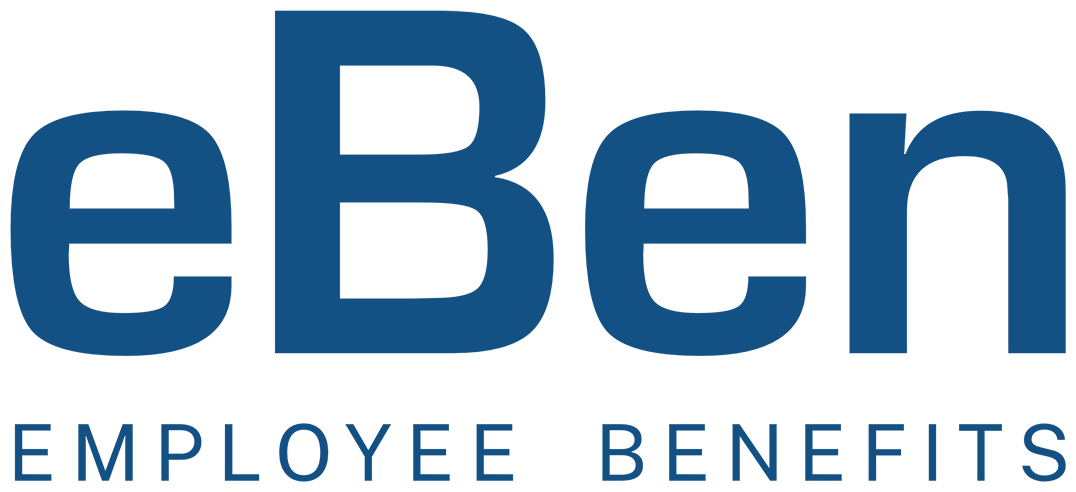The Internal Revenue Service (IRS) released Revenue Procedure 2024-40 on October 22, 2024, outlining cost-of-living adjustments for health care flexible spending accounts (FSA), commuter, and adoption assistance program benefits for the 2025 taxable year.
The table below details the 2025 maximum limit amounts for these benefits (along with other plan limits announced earlier in the year detailed here), compared to the current 2024 limits.
Employers are advised to:
- Revise applicable plan communications (e.g., open enrollment materials and summary plan descriptions) for 2025 and
- Coordinate with benefit administration and/or payroll vendors to ensure the relevant contribution limits are updated for January 1, 2025.
|
Health & Welfare Plan Limits |
2025 |
2024 |
Change from 2024 |
|
|
Health Care Flexible Spending Account (FSA) maximum contribution limit |
$3,300 |
$3,200 |
+$100 |
|
|
Health Care Flexible Spending Account (FSA) maximum carryover amount |
$660 |
$640 |
+$20 |
|
|
Health Savings Account (HSA) maximum contribution limit* * Includes both employee and employer contribution amount limits. |
Self-only coverage |
$4,300 |
$4,150 |
+$150 |
|
Family Coverage |
$8,550 |
$8,300 |
+ $250 |
|
|
Health Savings Account (HSA) catch-up contribution limit |
$1,000 |
$1,000 |
No change |
|
|
High-Deductible Health Plan (HDHP) minimum deductible |
Self-only coverage |
$1,650 |
$1,600 |
+$50 |
|
Family coverage |
$3,300 |
$3,200 |
+$100 |
|
|
High-Deductible Health Plan (HDHP) out-of-pocket maximum amount* * Including deductibles, copayments and other amounts, but excluding premiums. |
Self-only coverage |
$8,300 |
$8,050 |
+$250 |
|
Family coverage |
$16,600 |
$16,100 |
+$500 |
|
|
ACA Compliant Plans cost-sharing maximum limit* * The Affordable Care Act (ACA) requires health plans to place annual limits on participants’ cost-sharing for essential health benefits (EHBs). |
Self-only coverage |
$9,200 |
$9,450 |
-$250 |
|
Family coverage |
$18,400 |
$18,900 |
-$500 |
|
|
Excepted Benefit Health Reimbursement Arrangement (EBHRA) maximum amount *Employers offer EBHRAs to reimburse the cost of excepted benefits (such as limited-scope dental or vision coverage) as well as short-term, limited-duration insurance plan premiums. |
$2,150 |
$2,100 |
+$50 |
|
|
Qualified Small Employer Health Reimbursement Arrangement (QSEHRA) maximum amount |
Self-only coverage |
$6,350 |
$6,150 |
+$200 |
|
Family Coverage |
$12,800 |
$12,450 |
+$350 |
|
|
Commuter Benefit Limit |
2025 |
2024 |
Change from 2024 |
|
|
Qualified transit and parking maximum monthly contribution limit[1] |
$325 |
$315 |
+$10 |
|
|
Adoption Assistance Program Limit |
2025 |
2024 |
Change from 2024 |
|
|
Adoption assistance program[2] maximum contribution limit (including benefits provided for special needs children) |
$17,280[3] |
$16,810 |
+$470 |
|
Please reach out to your eBen account team with any questions or contact us directly here.


